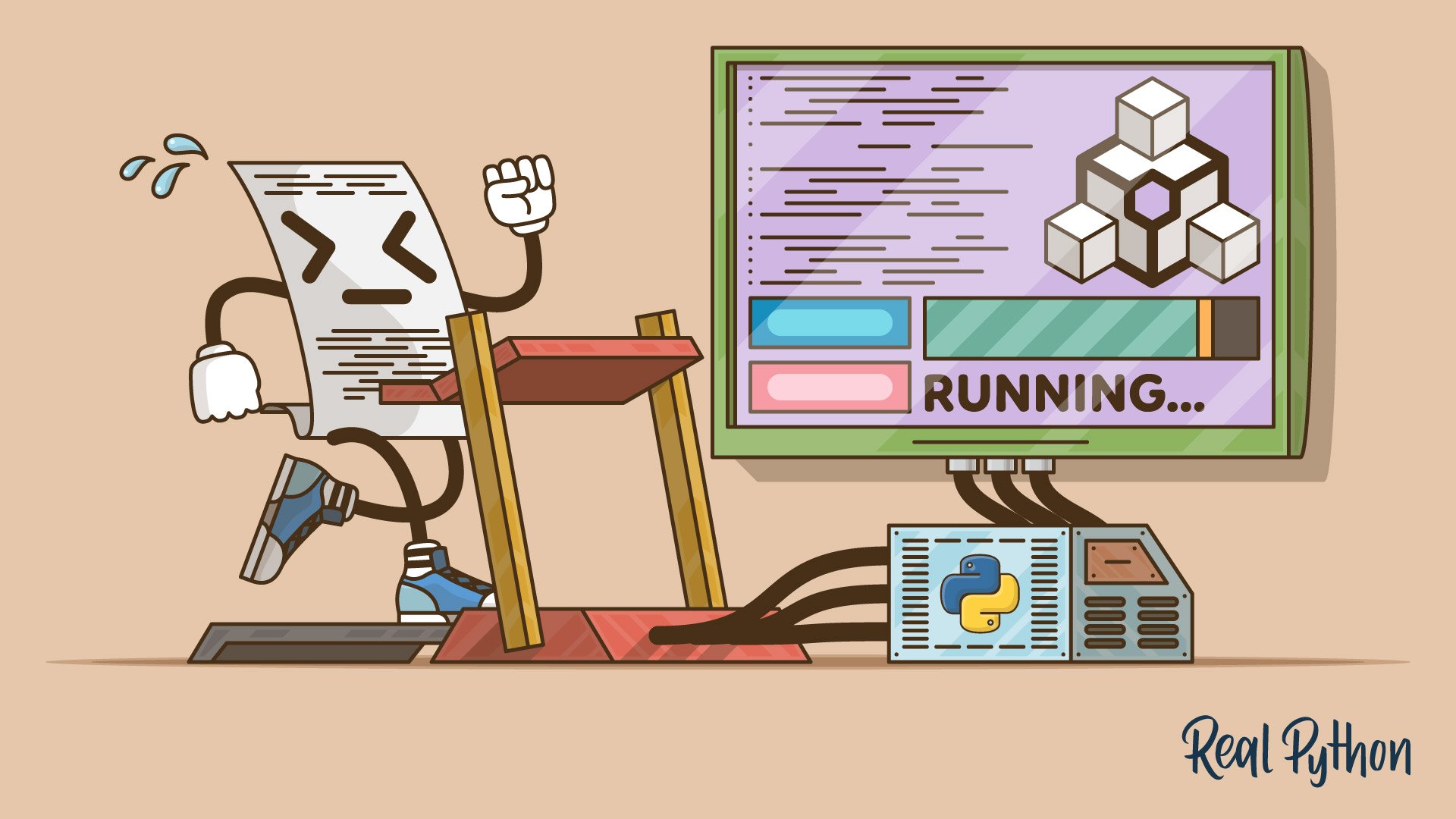Learn what the Python interpreter is and how it translates the code you write into a language the computer can understand. You’ll also learn about the different implementations of Python and how the interpreter processes scripts.
Take the Quiz: Test your knowledge with our interactive “How to Run Your Python Scripts” quiz. You’ll receive a score upon completion to help you track your learning progress:
Interactive Quiz
How to Run Your Python ScriptsOne of the most important skills you need to build as a Python developer is to be able to run Python scripts and code. Test your understanding on how good you are with running your code.



bhumikalamba on Nov. 29, 2019
what is meant by Python Implementations ?